Gallery Weekend Berlin 2017 Preview
Gallery Weekend Berlin 2017 Preview
As Gallery Weekend gets underway, we've set out to visit the preview. The official start kicks off tonight at 18h, with more than 50 openings taking place across the city. Here's a look at some of our favorites so far:
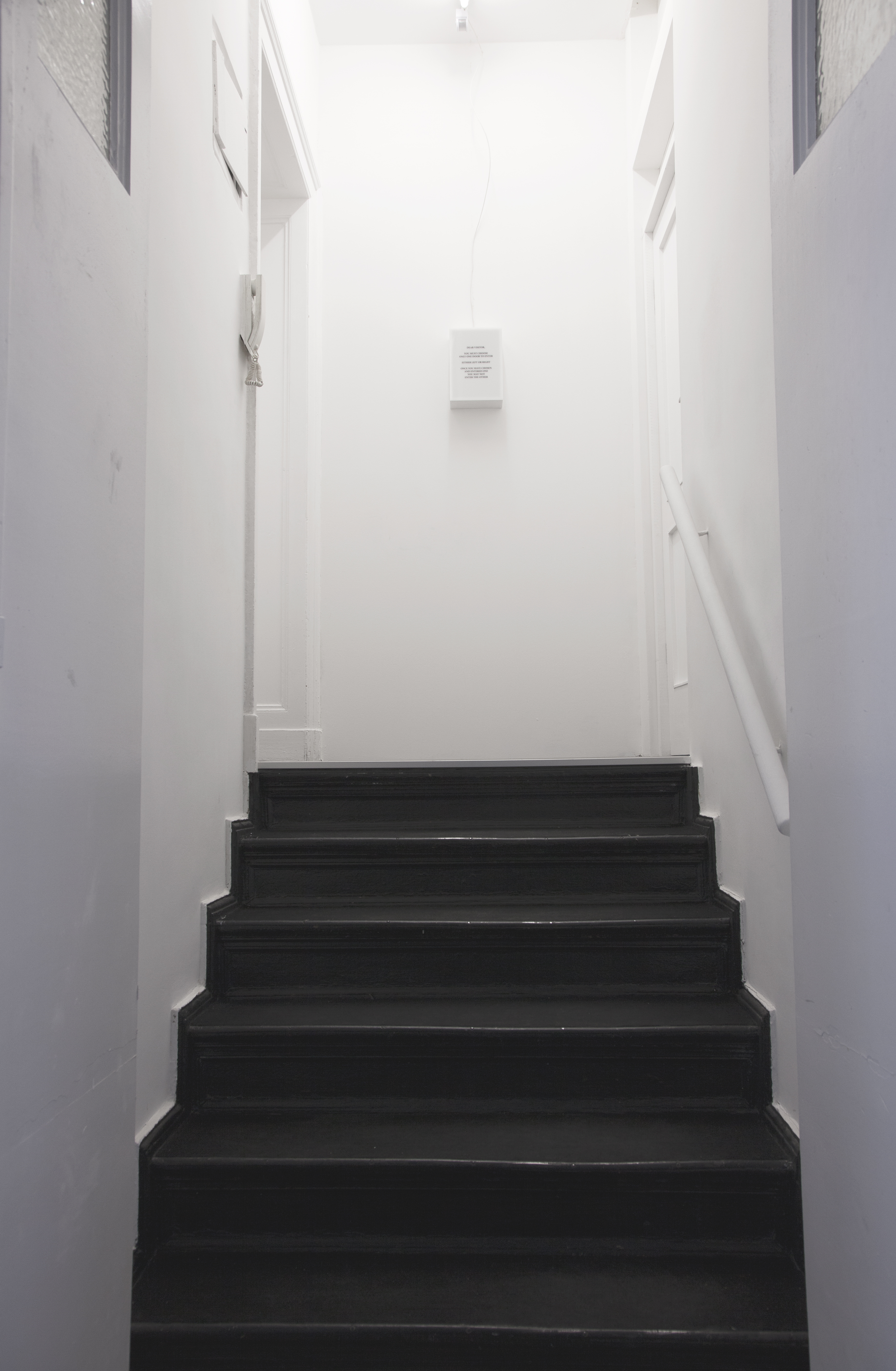
Entering the space at ChertLüdde, visitors immediately find themselves closed in, prompted to choose between entering the door to the right or to the left – therefore determining which part of the exhibition they will see. Once chosen, there’s no going back: visitors are only permitted to see one side. Uncertainty, stress, and frustration surface from being forced to commit to only one side of the whole without knowing what you might be walking into. And this is artist Kasia Fudakowski’s provocation in Double Standards. Once inside – whichever side you choose – Fudakowski’s sculptural constellation of bodily appendages interweaves with her work of narrative fiction, with accompanying text-based works that underline a playful yet critical intent.
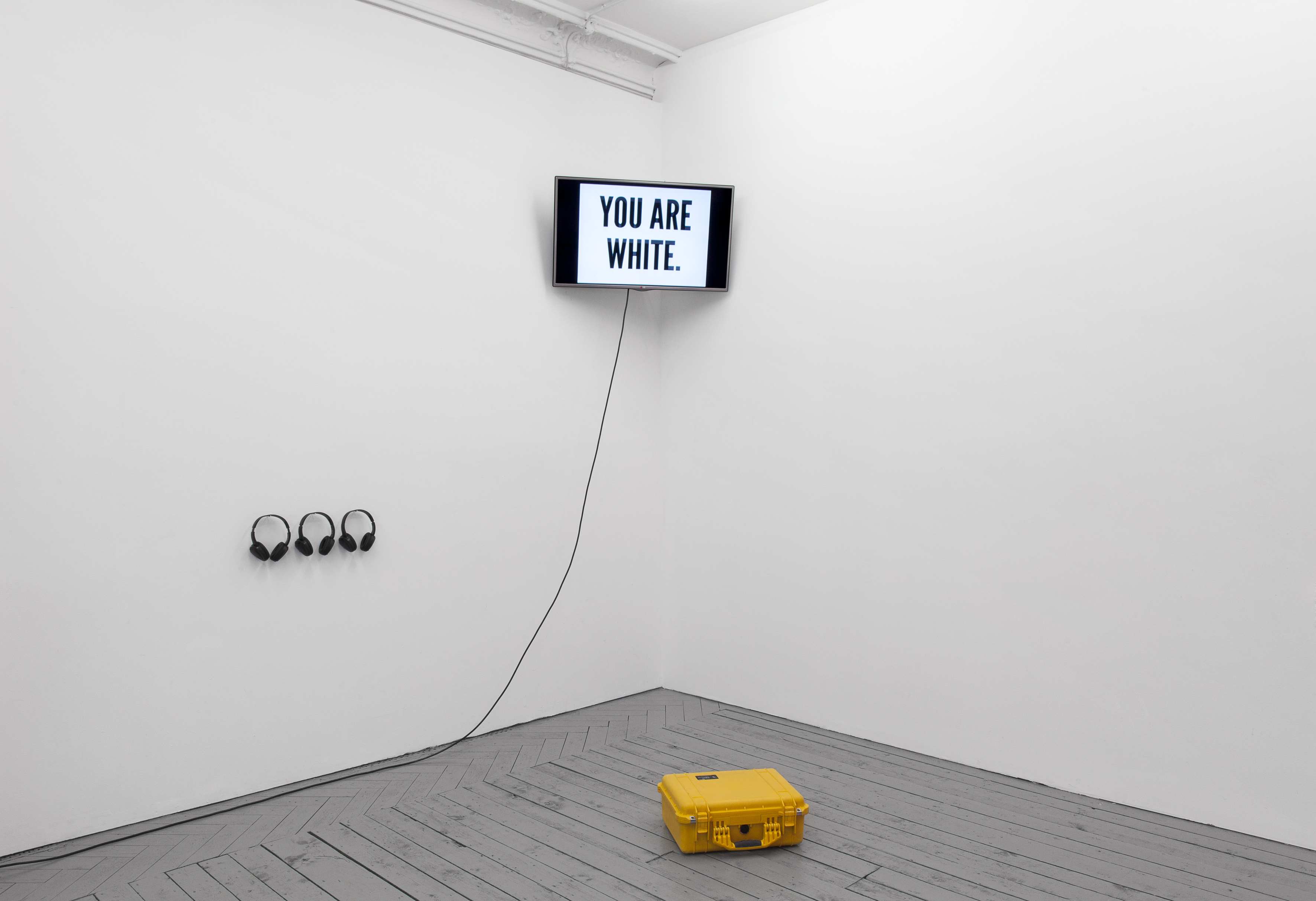
Eigen + Art Lab’s exhibition of works by !Mediengruppe Bitnik also confronts with a direct address. Is anybody home lol beckons for an answer, but does not necessarily present itself as a question. In an increasingly machine-integrated, networked environment, as presented by !Mediengruppe Bitnik, the automated voice calls you, commands you, and presents you with a choice – its agency entangled with our own. Under the garish pink glow of neon lights, this unfurls in an eerie landscape of flat screens, on which the heads of female bots float above trolley stand bodies. They watch us and wait to be approached, to be engaged. They seem to rely on our interaction, but are already active on their own.
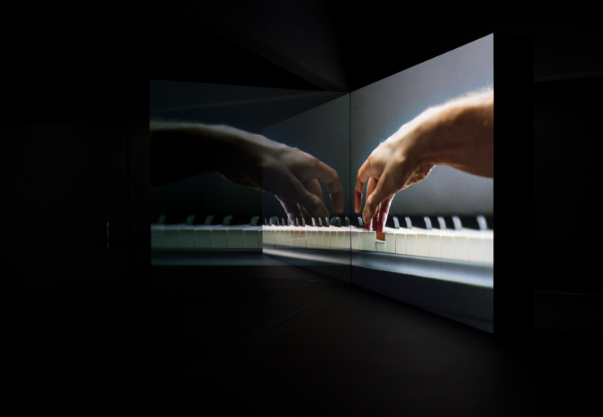
This opaqueness concerning human versus non-human action emerges as well in a large-scale sound and video installation by Anri Sala at Esther Schipper. Take Over ensconces a spacious, enclosed room of the gallery's new space in darkness. A monumental, double-sided projection screen stands at the center, with glass panels projecting from it on both sides – nearly invisible from certain angles. Close-ups of a piano keyboard, played alternatively by human hands and its own internal mechanisms, are depicted on each side of the screen wall. As you navigate around the installation and through the space, the music shifts, the song changes, and the glass panels act as screens for ghostly reflections of the films. The immersive installation is part of the exhibition inaugurating the new space, and it does so to dramatic effect: the audience must move around the shifting landscape of this large sculptural object in order to experience the architectural rendering of sound and the reversed and doubled impressions of the cinematic images.
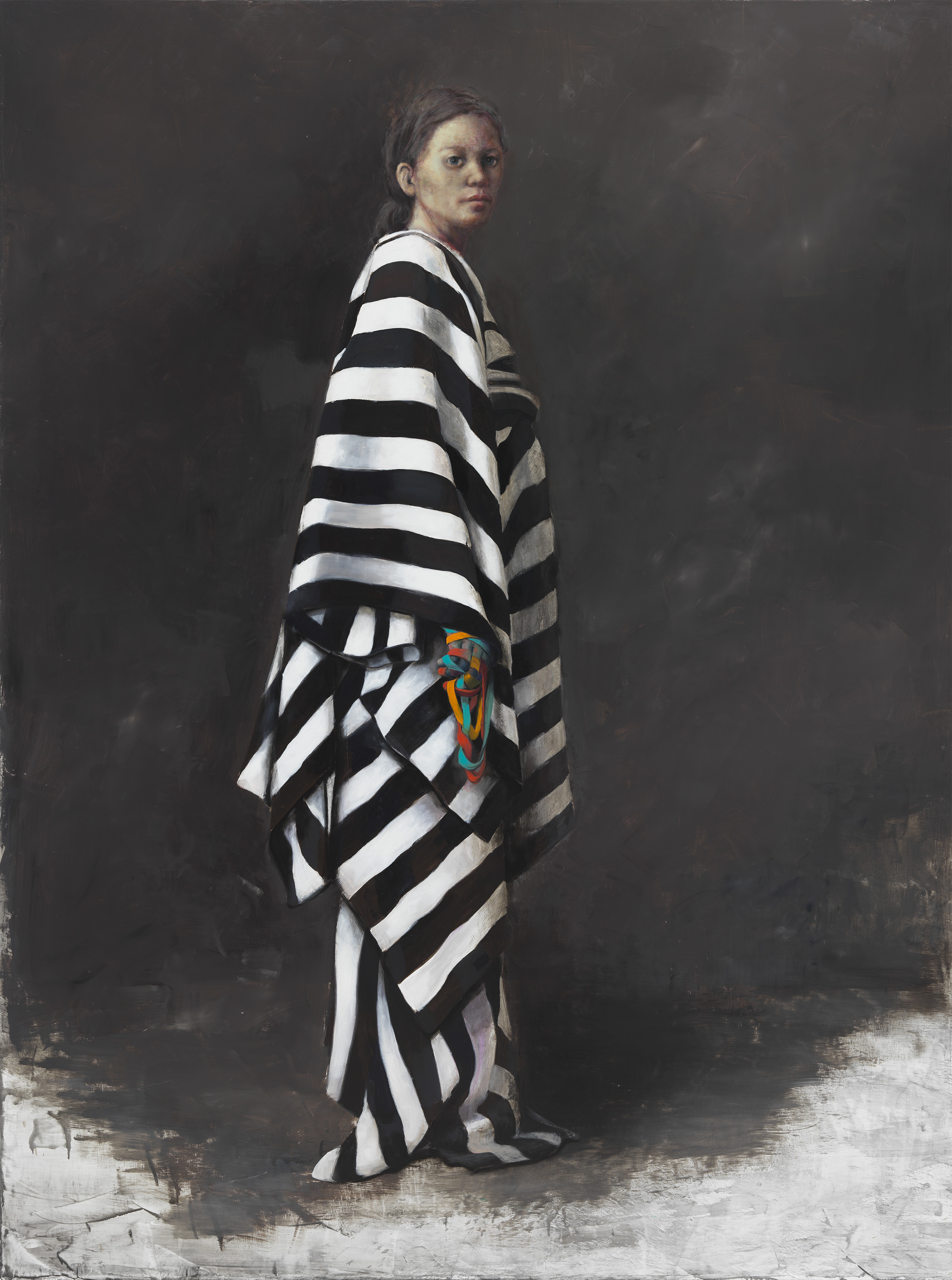
Jonas Burgert’s solo exhibition at Blain|Southern consumes with a massive, chaotic painting at its center. Surrounding this vast semi-abstract, semi-figural landscape – whose colors are simultaneously dulled and fluorescent – several life-size portraits line the walls of the gallery’s two levels. The large panorama and the accompanying portraits are replete with grotesque figures placed in indeterminate, decrepit settings – inhabiting both no place and any place. Alternatively reminiscent of fashion spreads and death portraiture, muted, sickly hues are interwoven with radioactive ones, and spatterings of paint interact with articulated patterns. The paintings are both overwhelming and elusive in their assertions of death and decay and the fragility of life – with scenes that are unsettling and nightmarish, yet somehow enlivened.
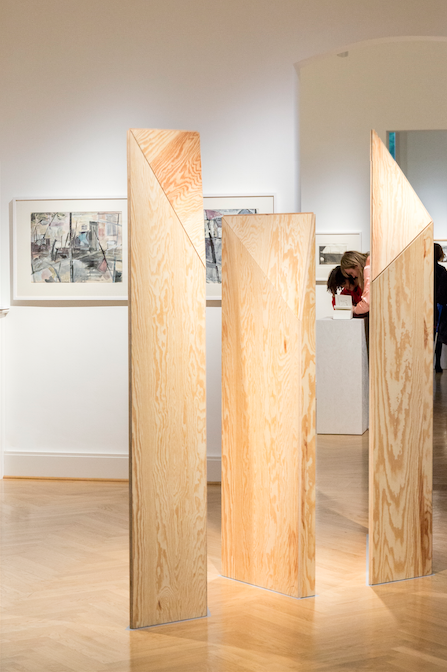
An excursion a bit outside the city center brings you to Schloss Biesdorf, the 19th century villa where ZKR – Centre for Art and Public Space is housed. Since its inauguration last September, Between Spaces is ZKR’s second exhibition. It presents an extensive examination of the nature of public and private spaces in the urban environment, taking Gordon Matta-Clark’s work – such as his splitting and cutting of buildings in the 1970s – as its impetus. ZKR’s curatorial collective and the various artists included, allow for multiple perspectives that engage with Matta-Clark’s work – both as documentation and intervention in the urban landscape and its social fabric – in distinctive ways. In addition to contemporary works, the exhibition also features the work of six female artists of the GDR. Throughout, images and structures of the city – those unnoticed and found, recycled and regenerated – articulate different histories, a shifting present, and potential futures: personal, shared, or imagined, but nevertheless concrete.